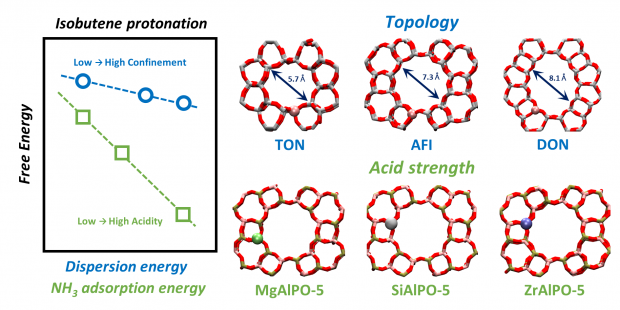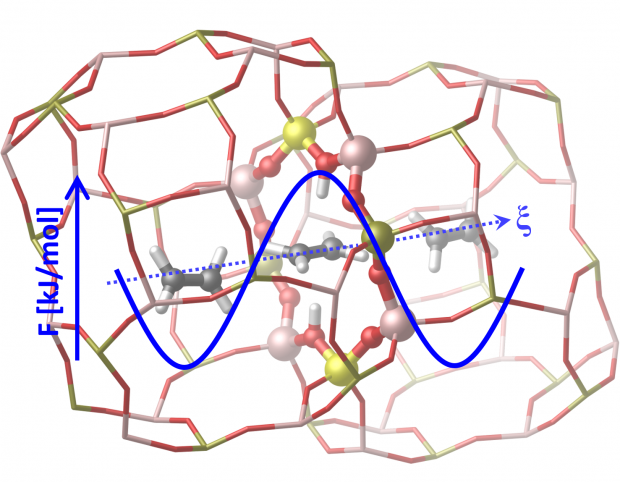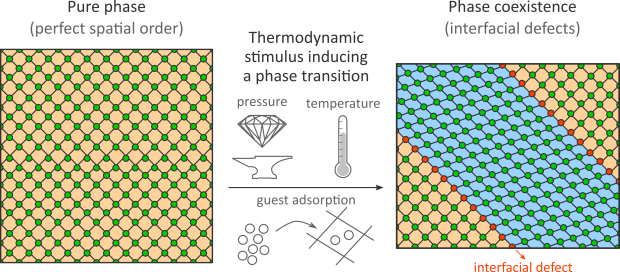The Gradient Curves Method: An improved strategy for the derivation of molecular mechanics valence force fields from ab initio data
Abstract
A novel force-field parameterization procedure[1] is proposed that surmounts well-known difficulties of the conventional least squares parameterization. The multidimensional ab initio training data are first transformed into individual one-dimensional data sets, each associated with one term in the force-field model. In the second step conventional methods call be used to fit each energy term separately to its corresponding data set. The first step call be completed without any knowledge of the analytical expressions for the energy terms. Moreover the transformed data sets dictate the form of these expressions, which makes the method very suitable for deriving valence force fields. During the transformation in the first step, continuity and least-norm criteria are imposed. The latter facilitate the intuitive physical interpretation of the energy terms that are fitted to the transformed data sets, a prerequisite for transferable force fields. Benchmark parameterizations have been performed oil three small molecules, showing that the new method results in physically intuitive energy terms, exactly when a conventional parameterization would suffer from parameter correlations, i.e. when the number of redundant internal coordinates in the force-field model increases.




 Open Access version available at
Open Access version available at 